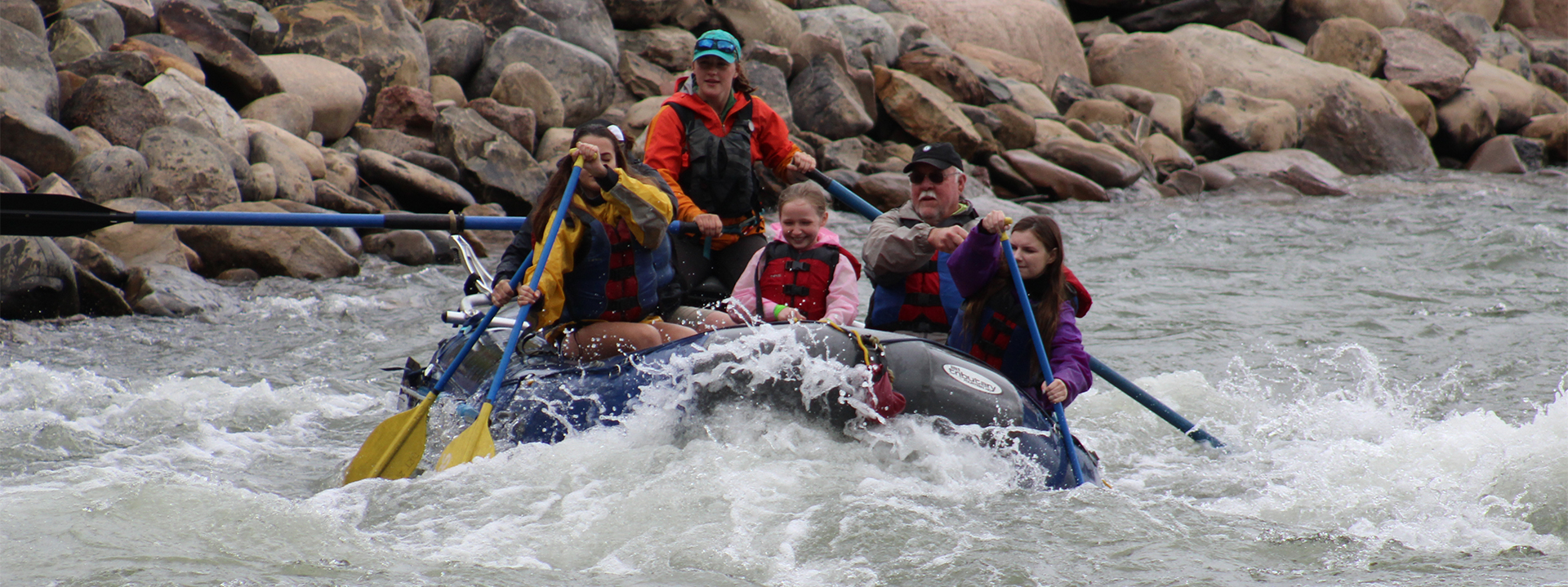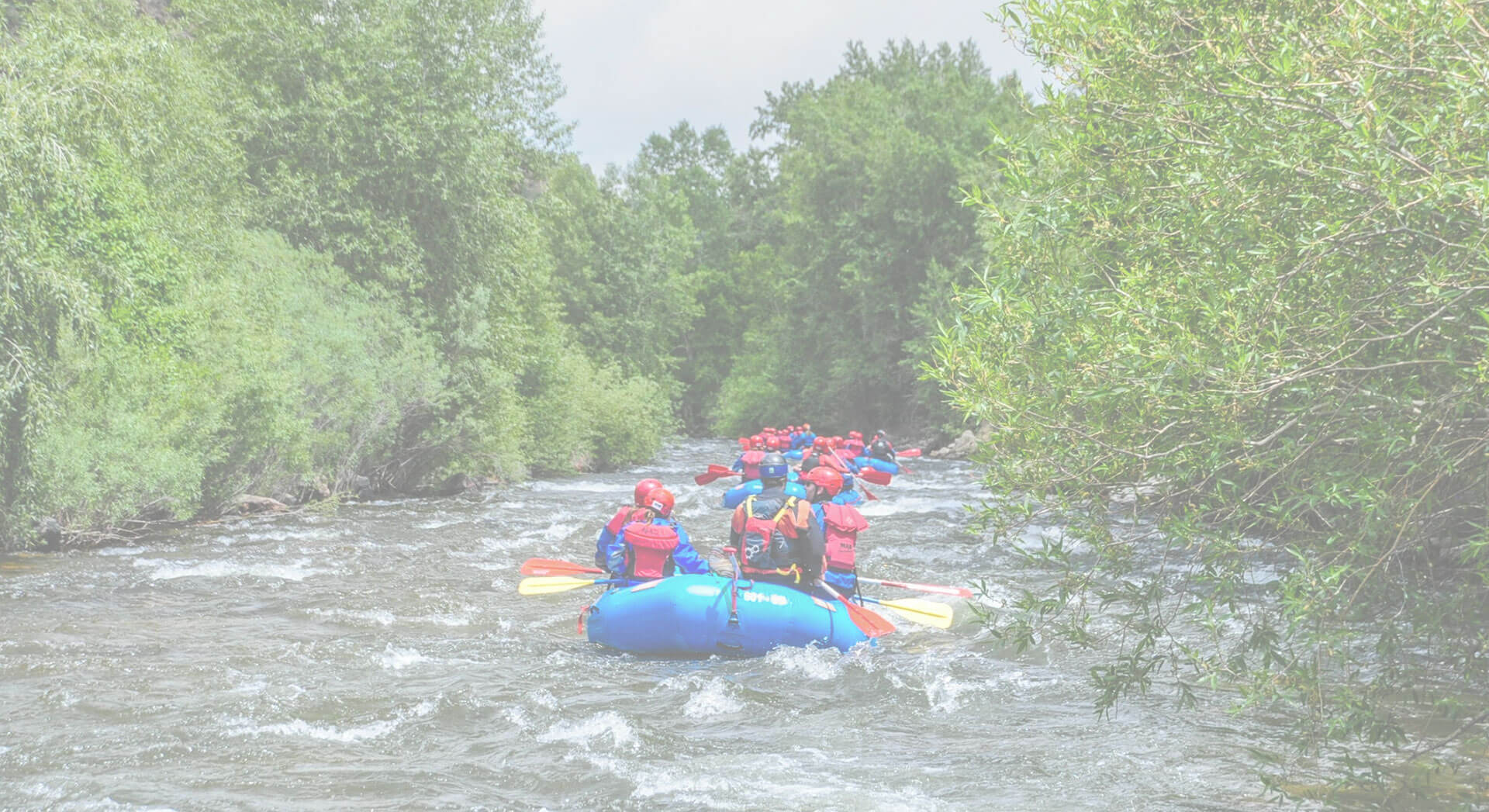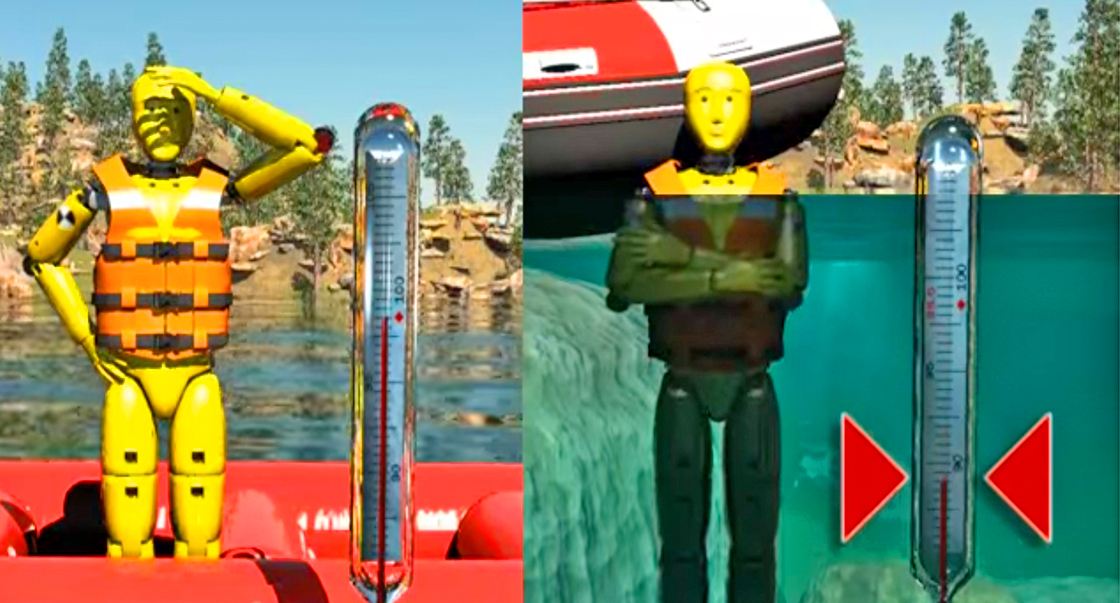Be sure to ask your CROA outfitter which river classification is most appropriate for your skill and comfort levels.
Navigable rivers in the United States are rated in accordance with the International Scale of River Difficulty, a standardized system used to rate the difficulty of a stretch of river, or a single rapid. It should be noted that a particular section’s rating can vary depending on river conditions – a stretch that is Class III one week could be Class II or Class IV the following week as water levels rise and fall.
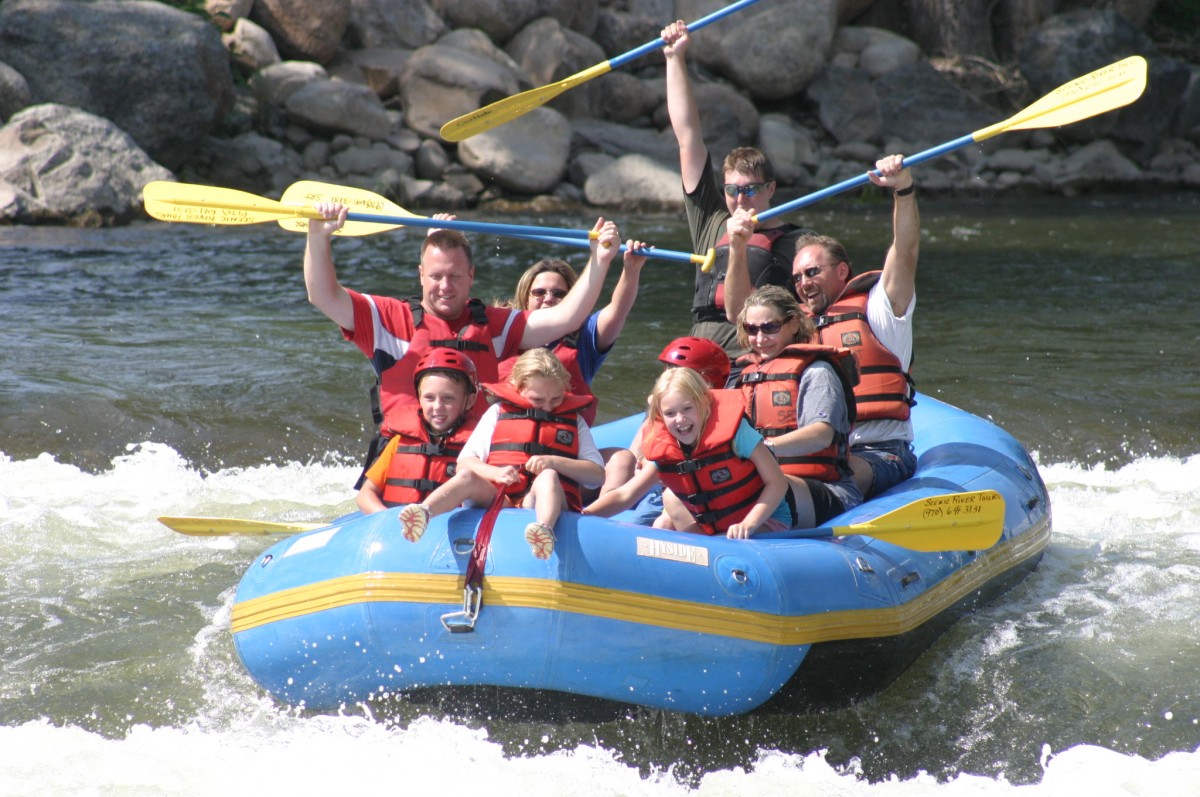
Class I
Fast moving water with riffles and small waves. Few obstructions, all obvious and easily missed with little training. Risk to swimmers is slight.
Class II
Straightforward rapids with wide, clear channels that are evident without scouting. Occasional maneuvering may be required, but rocks and medium-sized waves are easily missed by trained paddlers.
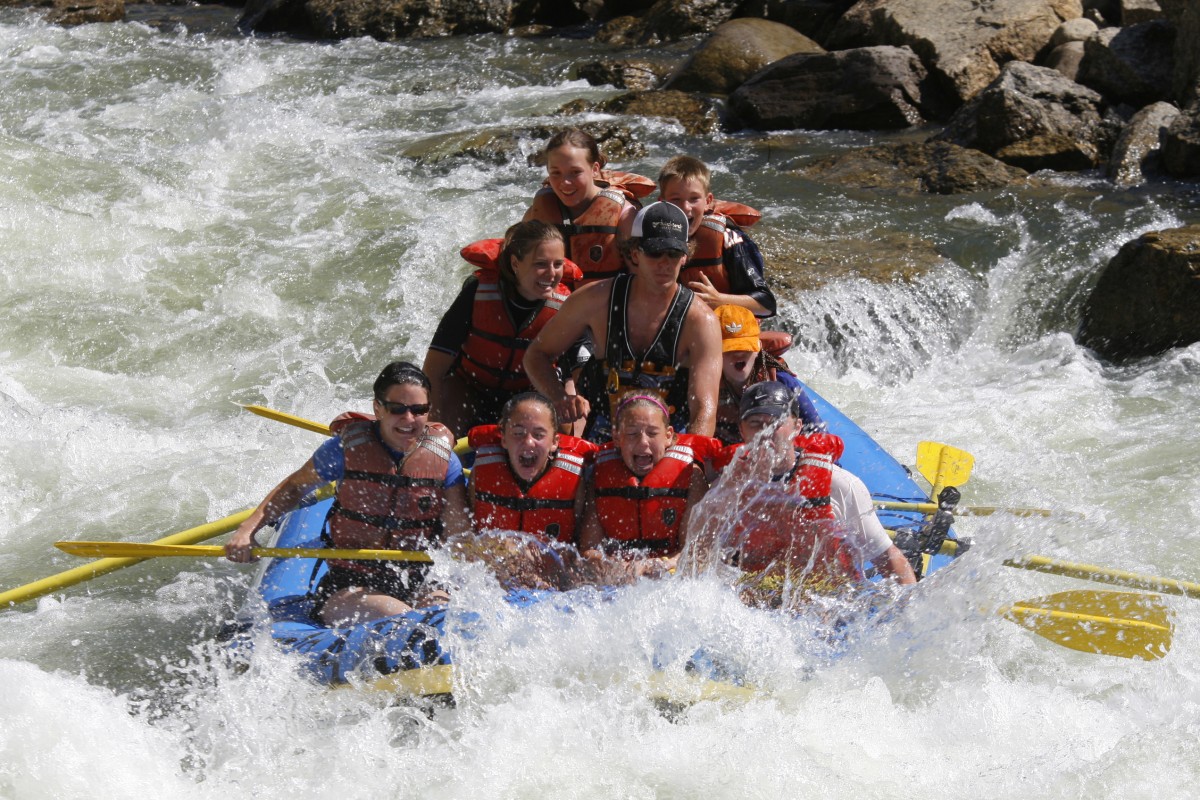
Class III
Rapids with moderate, irregular waves that may be difficult to avoid. Complex maneuvers in fast current and good boat control in tight passages or around ledges are often required; large waves or strainers may be present but are easily avoided. Strong eddies and powerful current effects can be found, particularly on large-volume rivers. Scouting is advisable for inexperienced parties.
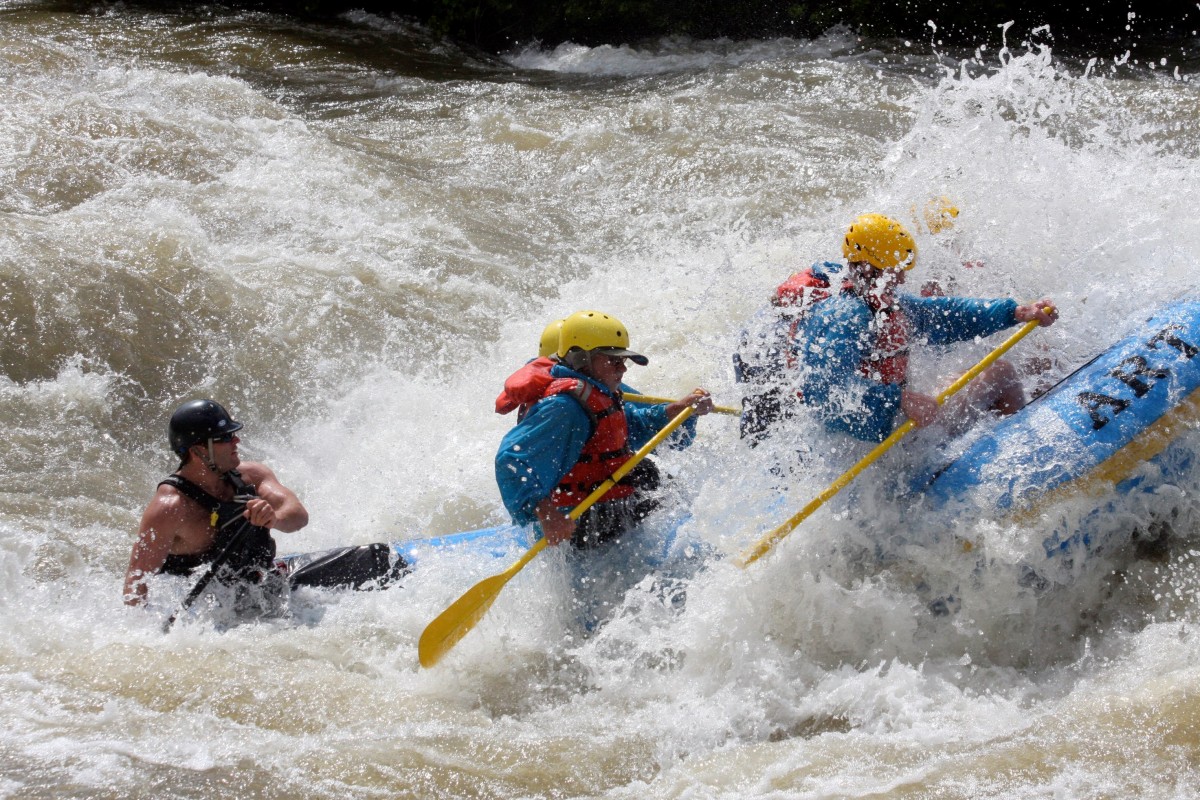
Class IV
Intense, powerful but predictable rapids requiring precise boat handling in turbulent water. Depending on the character of the river, it may feature large, unavoidable waves and holes or constricted passages demanding fast maneuvers under pressure. A fast, reliable eddy turn may be needed to initiate maneuvers, scout rapids or rest. Rapids may require “must” moves above dangerous hazards. Scouting may be necessary the first time down.
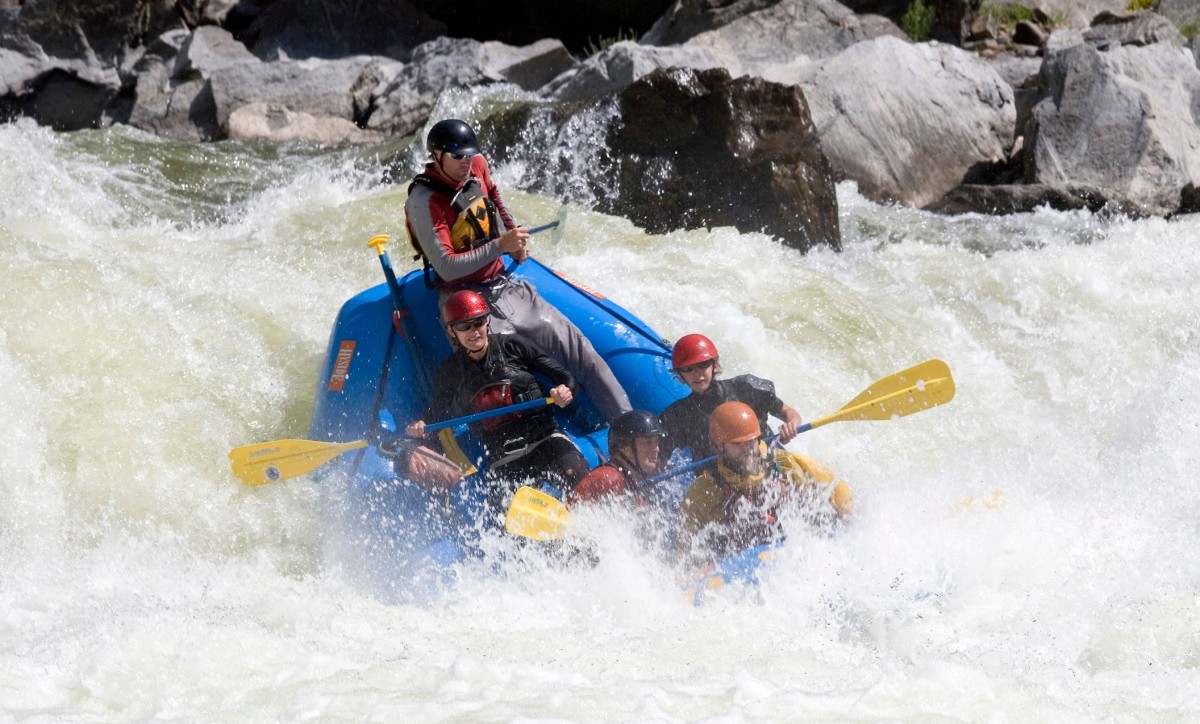
Class V
Extremely long, obstructed or very violent rapids that expose a paddler to added risk. Drops may contain large, unavoidable waves and holes or steep, congested chutes with complex, demanding routes. Rapids may continue for long distances between pools, demanding a high level of fitness. What eddies exist may be small, turbulent, or difficult to reach. At the high end of the scale, several of these factors may be combined. Scouting is recommended but may be
Class VI
These runs have almost never been attempted and often exemplify the extremes of difficulty, unpredictability and danger. The consequences of errors are very severe and rescue may be impossible. For teams of experts only.

